Doc, I’m so glad you had time to fit me in. I called you for a session because I must tell you a ghost story. Well, a story of a haunting to be more precise. If I don’t tell you this, I think I’m going to lose my mind. You’re going to think I’m crazy, but I think my palate is…haunted. Periodically, and especially after a profound and abundant multi-course Piemontese meal, my sensory memory is haunted by the ghosts of Nebbiolos past. Their spectral scents of cedar, tar, roses, and damson plums resonate in concert with an earthy and unearthly echo. Their complex combinations of concentrated black berry fruit, black licorice and black pepper stay with me long after I’ve finished the last drop from my glass. Even when I close my eyes, no, especially when I close my eyes, I’m overwhelmed by the swirling shades of sandalwood, leather, cinnamon, nutmeg, tobacco, minerals, and chocolate of every Nebbiolo wine I’ve ever had! What’s that, Doc? Tell you a little more about the grape and its wines so you can get a better sense of my problem? Sure, I can do that, just don’t ask me to lie on the couch and close my eyes…
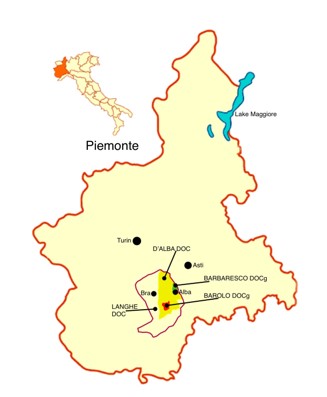
The stately Nebbiolo grape is grown in Piemonte, Italy. Though it only accounts for about 5% of all the vines planted, it produces some of the most evocative, exquisite, and expensive wines in all of Italy. These blockbuster wines include Barbaresco, Barolo, Gattinara and Nebbiolo. Doc, I get a chill just saying their names! Yeah, right Doc, back to the story. The wines are a perfect match for the cooler climate and cuisine of the region. Piemonte is renowned for its refined country cooking that closely follows the seasons. In a word, the food is hearty. Think about it, there are so many hills that there is little flat grazing land for cattle. As a result, much of the cuisine is based on pigs, poultry, garden vegetables, orchard fruits and olives. Soups, stews, risotto, antipasti, herbs, and white truffles, with any combination of the above ingredients, are common. To match this elegant yet hearty fare the Piemontese developed wines that match the savory intensity of their food.
Now that I think about it Doc, even the translation of the Italian name is kind of spooky. Nebbiolo’s name comes from the Italian nebbia or “fog” as it ripens best and gives its finest juice in growing areas that possess a good amount of morning fog during harvest. The fog that rolls over the hills of northern Piemonte and the neighboring Langhe area assists the grape in its efforts to ripen properly through its long growing season. Without it, the grape would ripen prematurely or not at all, and the wine created from it would not, indeed could not, possess the structure and depth required to create what we have come to expect of fine, powerful Barolo and Barbaresco wines. Nebbiolo is, by nature, a late-ripening grape that has a high concentration of acidity, sugar, and tannin. By extension, we can then appreciate why wines created from it, like Barbaresco and Barolo, often possess a high alcohol content (often 13% and higher) and firm, chewy tannins that are supported by a rich, substantial fruit component. In fact, these wines are prized for their tough tannins, the best of which may require many years of bottle aging to soften. Once they do mellow and harmonize, their complexity is unparalleled. Doc, this surely must contribute to its ability to haunt a wine drinker, even after decades of maturation in the bottle. As if to creep up on the unsuspecting imbiber, in some areas the grape is even known by other names like Chiavennasca, Picoutener, Prunent and Spanna.
Doc, I know that many critics exalt Barolo above its neighbor Barbaresco, usually at the Barbaresco’s expense. And while there are some grounds for their claims, they haunt me with equal intensity. Yeah, some Barbaresco wines possess a little less strength, structure, and tannins, thus requiring, in theory, less wood aging to reach their prime. But their scent still seduces like some vinous succubus and doesn’t let go. And it’s the same thing for Barolo wines. Slower to mature, the initial tannic hardness dissipates, and they develop a velvety texture, depth of flavor and color and a refined and earthy complexity. No matter how it’s done I can’t seem to shake the spirits of the Nebbiolo wines. And you want to know what’s really scary, Doc? I’m starting to think that the experience for my palate is so sensual, that I’m not sure I want to stop!
Thanks for listening and all, but what do you think, Doc? Can you help me?
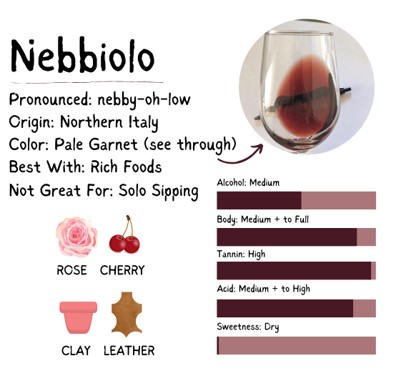
NEBBIOLO PROFILE
Scents and Flavors
Cherry Black Cherry Dried Cherry Sloe Berry Strawberry Raspberry Blackberry Red Currant Plum Cranberry Mulberry Black Tea Chocolate Nutmeg Clove Cinnamon Mushroom Vanilla Violets Tobacco Cedar Sandalwood Oak Black Pepper Earth
Food Affinities – Bold = Classic Combinations
Seafood & Meat
Beef Lamb Pork Venison Goose Pigeon Quail Chicken Veal Squab Pheasant Hare Rabbit Sausage Salami Bacon Pancetta Prosciutto Anchovy Swordfish Sea Bass Trout Bollito Misto (Boiled meat stew)
Vegetables, Fruits & Funghi
Asparagus Roasted Red Peppers Roasted Fennel Roasted Garlic Eggplant Green Olives Black Olives Orange Peel String Beans Celery Sun-Dried Tomatoes Sloe Berries Plums Currants Cherries Blackberries Raspberries Cranberries Mulberries Shallots Caramelized Onions Portobello Mushrooms Shiitake Mushrooms Porcini Mushrooms Truffles
Herbs, Spices & Nuts
Oregano Bay Leaf Thyme Parsley Anise Seed Fennel Seed Sage Edible Thistle Dijon Mustard Saffron Red Peppercorns Green Peppercorns Black Peppercorns Pecans Walnuts
Cheeses, Dairy & Oils
Pecorino Romano Pecorino Umbro Parmigiano-Reggiano Grana Padano Bagoss Taleggio Bel Paese Caerphilly Neufchâtel Dunlop White Stilton Provolone Piccante Butter Balsamic Vinegar Olive Oil Roasted Garlic Oil Bagna Cauda (Oil, Garlic & Anchovy Fondue)
Food & Wine Pairings
Antipasti: A basic Nebbiolo and sliver-thin slices of raw sirloin topped with Parmesan shavings, white truffles, and a splash of fresh lemon juice (Carpaccio) or thin slices of bread served with dollops of prosciutto or salami and a drizzle of garlic olive oil (Crostini).
Primi: How about a partridge and chantrelle mushroom rice dish (Risotto Con Pernici e Gallinacci)?
Secondi: A robust Barbaresco will be endearing when paired with a veal cutlet dipped in beaten eggs, covered with breadcrumbs, and fried in butter (Costoletta alla Milanese). Traditional or modern, rustic, or polished, a Barolo shines with roasted duck studded with garlic (Anitre con Alio) or a hefty slab of beef marinated and then braised slowly in Barolo (Brasato al Barolo). Don’t limit yourself to an Italian menu with Nebbiolo wines! Try a hearty French meat and white bean stew (Cassoulet), Spanish wood-roasted/spit-roasted suckling pig & lamb (Cordero & Cochinillo Asado), Chinese Peking Duck, Hawaiian Kalua Pig or good ol’ Kansas or Texas barbecue.
Finish the meal with what is left in your glass and a generous portion of nutty, semi-soft Fontina Val d’Aosta cheese or crumbly Parmigiano.
Styles
The Italians perfected Nebbiolo wines and it took them thousands of years. I don’t see any other countries coming even close in the near future. Remember that country, region, producer & production dictate price.
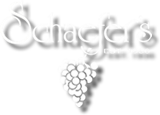



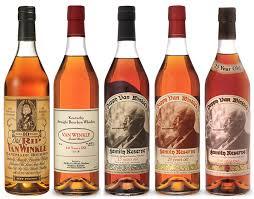
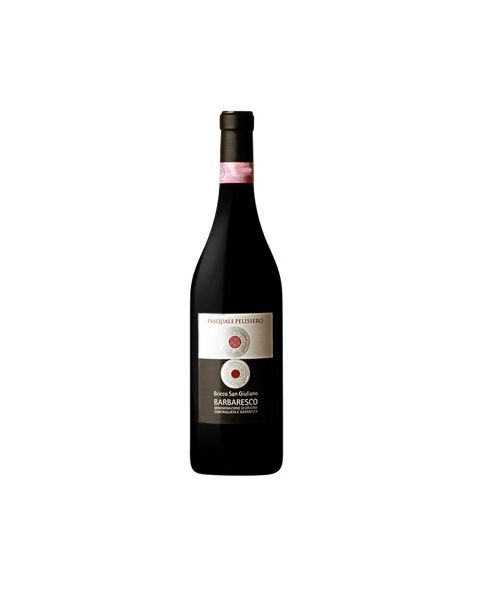
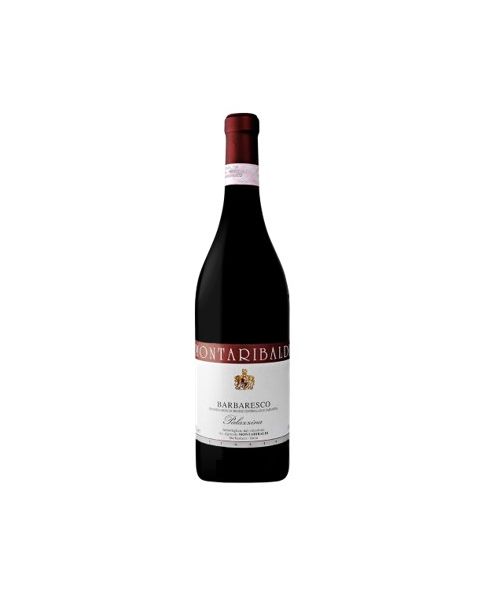
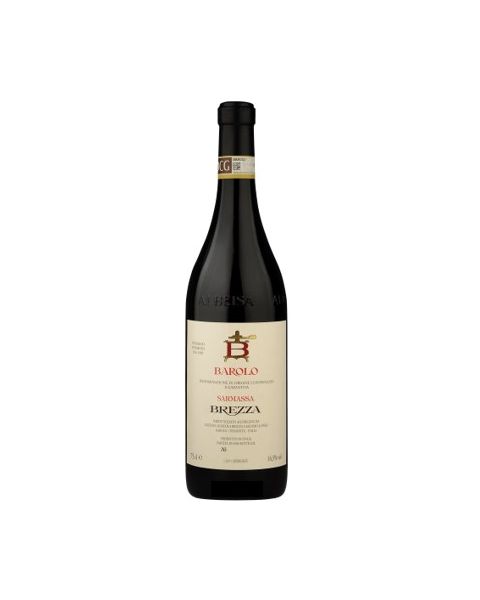
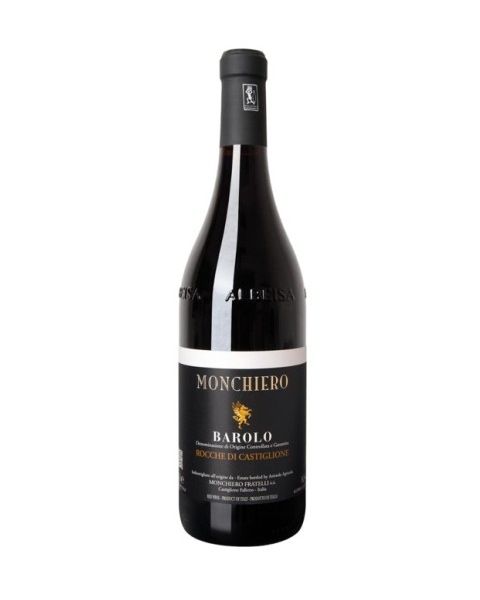




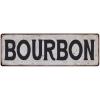
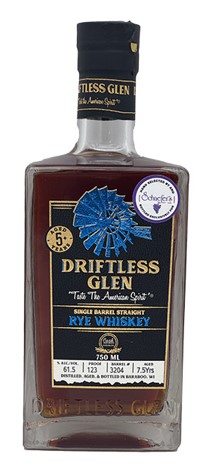

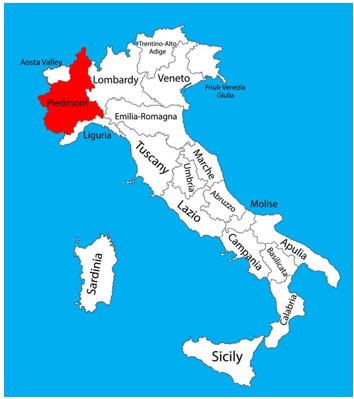
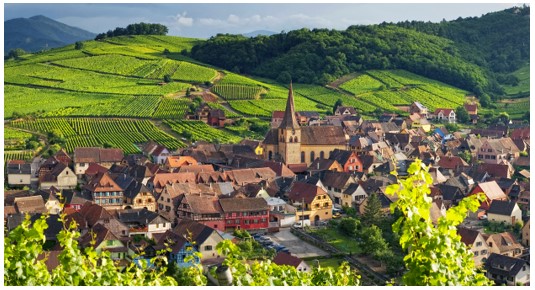
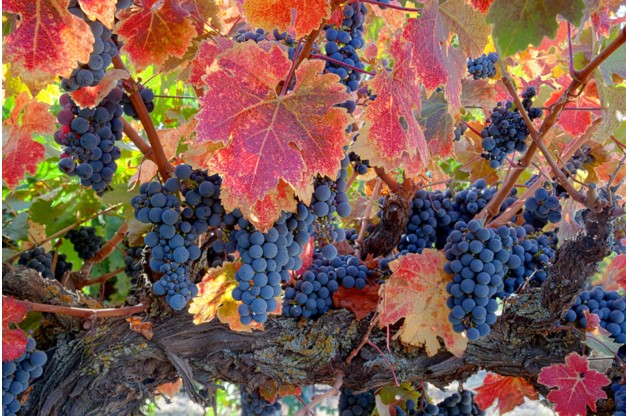
Comments